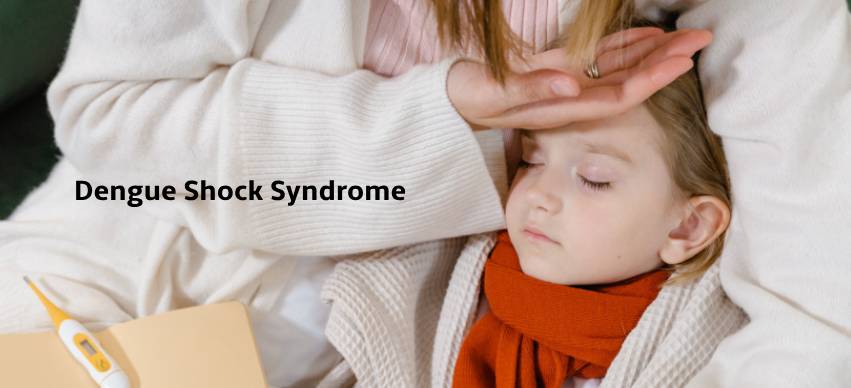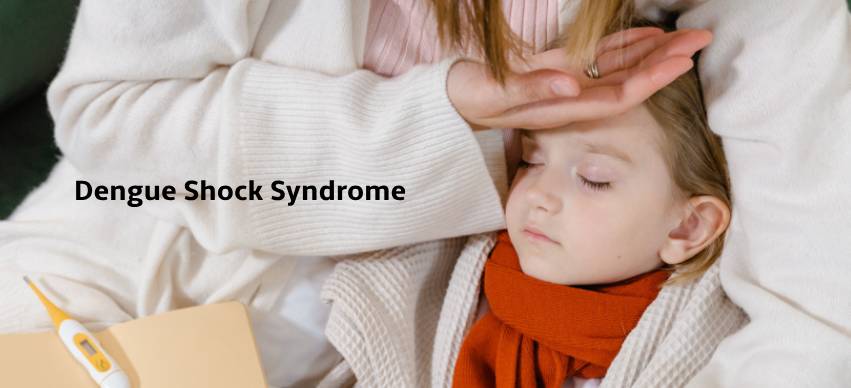Evolution of Prescription Refills: From In-Person to Online ..
6 Min Read


Dengue fever, a mosquito-borne viral infection, is a significant public health concern in many tropical and subtropical regions worldwide. One of the severe manifestations of dengue is Dengue Hemorrhagic Fever (DHF), which can lead to life-threatening complications like Dengue Shock Syndrome (DSS). In this comprehensive 1500-word article, we will delve into the intricacies of Dengue Shock Syndrome and its association with Dengue Hemorrhagic Fever.
Understanding Dengue Fever
Dengue fever is caused by the dengue virus, which is primarily transmitted to humans through the bite of infected female Aedes mosquitoes, particularly Aedes aegypti and Aedes albopictus. This viral infection can manifest in different forms, ranging from mild dengue fever to more severe conditions like DHF and DSS.
The Key Role of Dengue Hemorrhagic Fever
Dengue Hemorrhagic Fever is characterized by a sudden onset of high fever, significant bleeding, and a tendency for blood vessels to become permeable. This condition is often a precursor to Dengue Shock Syndrome. DHF is caused by the same dengue virus but is associated with a more pronounced and severe clinical picture.
Clinical Manifestations of DHF
Dengue Hemorrhagic Fever typically progresses through various phases, including the febrile phase, the critical phase, and the convalescent phase. Each phase presents distinct clinical features, making early diagnosis and management essential.
The Onset of Dengue Shock Syndrome
Dengue Shock Syndrome is the most severe form of dengue, and it usually occurs during the critical phase of DHF. This syndrome is characterized by a sudden drop in blood pressure, which can lead to shock and multi-organ failure. We will explore the mechanisms underlying this severe condition and its clinical consequences.
Certain risk factors, such as a previous dengue infection, play a significant role in the development of DHF and DSS. Additionally, we will discuss vulnerable populations, including children and the elderly, who are at greater risk for severe dengue manifestations.
Diagnostic Methods
Accurate and timely diagnosis of Dengue Hemorrhagic Fever and Dengue Shock Syndrome is crucial for appropriate management. We will discuss the various diagnostic methods, including serological tests and molecular techniques, used to confirm dengue infections.
Management and Treatment
Managing DHF and DSS requires close monitoring, supportive care, and prompt medical intervention. We will explore the treatment modalities, such as fluid resuscitation and blood component transfusions, aimed at stabilizing patients and improving their outcomes.
Prevention and Vector Control
Preventing dengue infections involves controlling the Aedes mosquito population and raising public awareness. We will discuss strategies for preventing dengue outbreaks, such as the use of insecticides, source reduction, and community engagement.
Vaccination Efforts
While there is currently no specific antiviral treatment for dengue, research efforts have led to the development of vaccines. We will provide an overview of the available dengue vaccines and their potential impact on reducing the burden of dengue fever, DHF, and DSS.
The Global Burden of Dengue Shock Syndrome
Dengue fever, DHF, and DSS are significant global health challenges, particularly in regions with a high prevalence of the dengue virus. We will discuss the worldwide burden of these conditions and the importance of international collaboration in addressing the problem.
Conclusion
Dengue Shock Syndrome, a severe consequence of Dengue Hemorrhagic Fever, poses a substantial threat to public health in endemic regions. This article has provided an in-depth exploration of the complexities surrounding DHF and DSS, from clinical manifestations to prevention and treatment strategies. Understanding the intricacies of these conditions is vital for healthcare professionals, policymakers, and the general public as they strive to combat the dengue virus and its severe consequences.
This article sheds light on the complexities of Dengue Shock Syndrome in the context of Dengue Hemorrhagic Fever, aiming to inform and educate readers about the challenges posed by this mosquito-borne disease. As research continues and vaccination efforts progress, the hope is that the burden of dengue can be significantly reduced, ultimately saving lives and improving public health in affected regions.